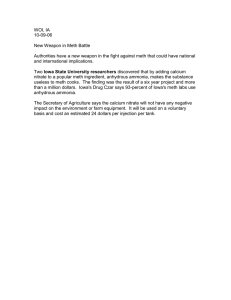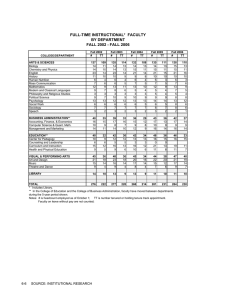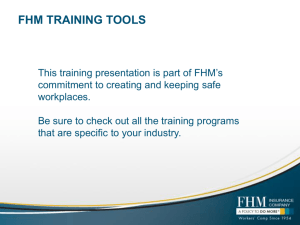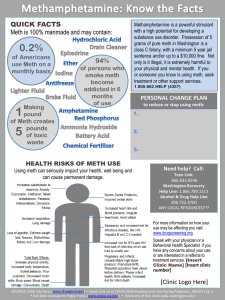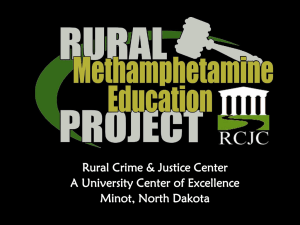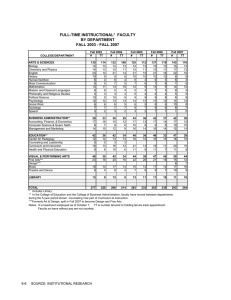Archived Articles | Page 1 of 3 Go To Reprints
advertisement
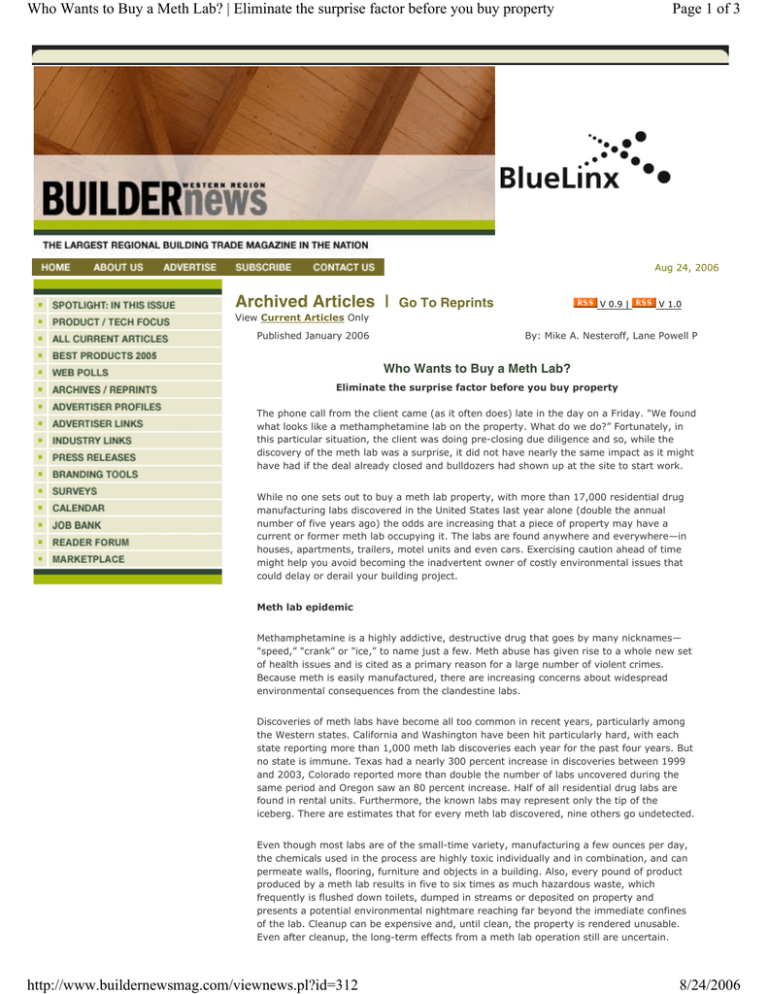
Who Wants to Buy a Meth Lab? | Eliminate the surprise factor before you buy property Page 1 of 3 Aug 24, 2006 Archived Articles | Go To Reprints V 0.9 | V 1.0 View Current Articles Only Published January 2006 By: Mike A. Nesteroff, Lane Powell P Who Wants to Buy a Meth Lab? Eliminate the surprise factor before you buy property The phone call from the client came (as it often does) late in the day on a Friday. "We found what looks like a methamphetamine lab on the property. What do we do?” Fortunately, in this particular situation, the client was doing pre-closing due diligence and so, while the discovery of the meth lab was a surprise, it did not have nearly the same impact as it might have had if the deal already closed and bulldozers had shown up at the site to start work. While no one sets out to buy a meth lab property, with more than 17,000 residential drug manufacturing labs discovered in the United States last year alone (double the annual number of five years ago) the odds are increasing that a piece of property may have a current or former meth lab occupying it. The labs are found anywhere and everywhere—in houses, apartments, trailers, motel units and even cars. Exercising caution ahead of time might help you avoid becoming the inadvertent owner of costly environmental issues that could delay or derail your building project. Meth lab epidemic Methamphetamine is a highly addictive, destructive drug that goes by many nicknames— "speed,” "crank” or "ice,” to name just a few. Meth abuse has given rise to a whole new set of health issues and is cited as a primary reason for a large number of violent crimes. Because meth is easily manufactured, there are increasing concerns about widespread environmental consequences from the clandestine labs. Discoveries of meth labs have become all too common in recent years, particularly among the Western states. California and Washington have been hit particularly hard, with each state reporting more than 1,000 meth lab discoveries each year for the past four years. But no state is immune. Texas had a nearly 300 percent increase in discoveries between 1999 and 2003, Colorado reported more than double the number of labs uncovered during the same period and Oregon saw an 80 percent increase. Half of all residential drug labs are found in rental units. Furthermore, the known labs may represent only the tip of the iceberg. There are estimates that for every meth lab discovered, nine others go undetected. Even though most labs are of the small-time variety, manufacturing a few ounces per day, the chemicals used in the process are highly toxic individually and in combination, and can permeate walls, flooring, furniture and objects in a building. Also, every pound of product produced by a meth lab results in five to six times as much hazardous waste, which frequently is flushed down toilets, dumped in streams or deposited on property and presents a potential environmental nightmare reaching far beyond the immediate confines of the lab. Cleanup can be expensive and, until clean, the property is rendered unusable. Even after cleanup, the long-term effects from a meth lab operation still are uncertain. http://www.buildernewsmag.com/viewnews.pl?id=312 8/24/2006 Who Wants to Buy a Meth Lab? | Eliminate the surprise factor before you buy property Page 2 of 3 The proliferation of meth labs is due in part to the ease with which meth is made. Over-thecounter cold medications containing compounds such as pseudoephedrine are cooked with combinations of chemicals such as ether, denatured alcohol, lantern fuel, acetone, paint thinner, kerosene, battery acid, lithium, brake cleaner, iodine, red phosphorus, anhydrous ammonia or lye. The process does not require a trained chemist, and meth cooks take few, if any, safety precautions. Because the process involves heating these highly volatile chemicals, meth labs are commonly discovered when a fire or explosion results from the cooking process. Investigation and cleanup The first responders often are law enforcement or fire fighters who are confronted with an extremely hazardous situation, necessitating full-body protective gear and respirators. After the criminal investigation is completed at a site, the environmental investigation and decontamination process begins. Several Western states—among them Arizona, California, Colorado, Idaho, Oregon and Washington—have adopted statutes that delegate to health departments responsibility for overseeing investigations and cleanups. Those states typically require some type of official notice posted on the affected property as well as recording the notice, and a ban on use or occupancy until the property is cleaned up. Most state laws require that property owners use only contractors who are authorized to clean up meth labs and submit work plans to the health department for approval. The property owner is responsible for all costs of property testing and decontamination. Cleanup of a 1,200-square-foot building that housed a meth lab averages $6,500, and can range to as high as $15,000. Most property insurance policies are unlikely to cover the costs of meth lab decontamination. At a site where meth lab wastes have been dumped, the costs can be considerably higher, particularly if groundwater is contaminated. Although several states have grant programs for meth lab investigations and cleanups, those funds usually are available only to state agencies and local governments for their investigation and oversight activities. Reducing surprises So it’s your seller’s problem to clean up the meth lab, right? True enough, and, if you’ve done your due diligence and not closed on the deal, you can always walk away and let someone else handle the problem. But if you have closed (and not done any due diligence), then most state environmental statutes make you as the new owner legally and financially responsible for all cleanup costs. The previous owner might be made to contribute to the costs you incur, but you would have to bring a legal action to recover from the seller. While it is impossible to entirely eliminate the risk of a meth lab discovery derailing a closing or start of construction, the following are some steps that may reduce the likelihood of a surprise: • Be aware that some properties, such as rentals, are more likely to have been used as a drug lab. • Check your local health department Web site and county records to see if the property or neighboring properties are listed as known meth labs. • Do a visual inspection of the property and structures; look for iodine or other chemical stains on the floors or fixtures in a building, a strong solvent odor, or the presence of hoses, chemical bottles or pressurized cylinders. • Talk to neighbors about whether anyone noticed activities associated with a drug lab, such as covered windows, irregular hours, strong chemical smells or high traffic. • If there are known meth labs in the vicinity or a meth lab is discovered on adjoining developed portions of a property, investigate wooded or undeveloped areas of the property for signs of discarded hoses, chemicals or propane tanks that would indicate meth lab wastes were dumped on the site. How clean is "clean”? http://www.buildernewsmag.com/viewnews.pl?id=312 8/24/2006 Who Wants to Buy a Meth Lab? | Eliminate the surprise factor before you buy property Page 3 of 3 Should you end up with a meth-contaminated property, the question then is how much cleanup is enough? With contaminants such as petroleum hydrocarbons or metals, the answer can be found in a statute or regulation that sets a specific cleanup level, which typically is uniform among the states. With meth, however, the cleanup level is much less clear. There is a wide spectrum of cleanup and remediation procedures among the states— from simply directing that a property be aired out for a few days and scrubbing interior building surfaces with ordinary household cleaning products, to detailed procedures for preliminary assessment, decontamination and confirmation sampling. Arizona, California, Colorado, Oregon and Washington each have adopted specific standards for cleanups, but the reality is that any of these standards reflect more what is considered doable than an actual knowledge of what constitutes "clean.” Conclusion Many states have passed laws to restrict sales of over-the-counter cold medicines that contain pseudoephedrine. While there is some indication that those laws may significantly reduce the number of meth labs, it is too early to tell whether the impact will be lasting. In the meantime, there are untold numbers of meth labs and meth waste dumps waiting to be discovered. By doing some due diligence ahead of time, you may avoid the costly and timeconsuming problems that accompany those properties. Mike A. Nesteroff is a shareholder at Lane Powell, PC, where he practices primarily in the areas of environmental, real estate and commercial litigation. He can be reached by e-mail at nesteroffm@lanepowell.com or by calling (206) 223-6242. http://www.buildernewsmag.com/viewnews.pl?id=312 8/24/2006
